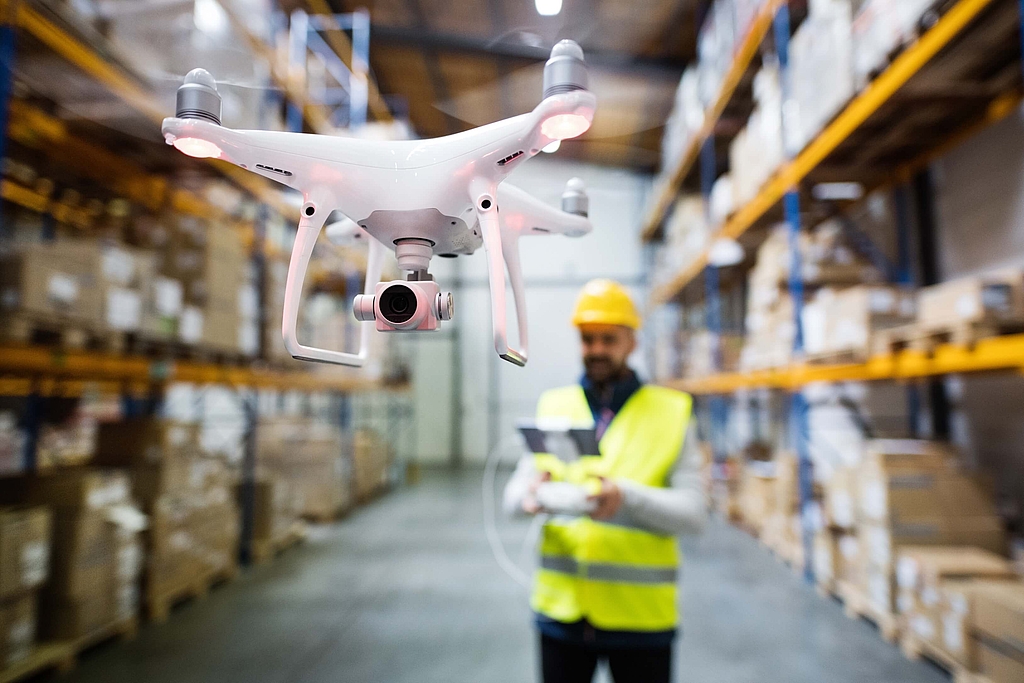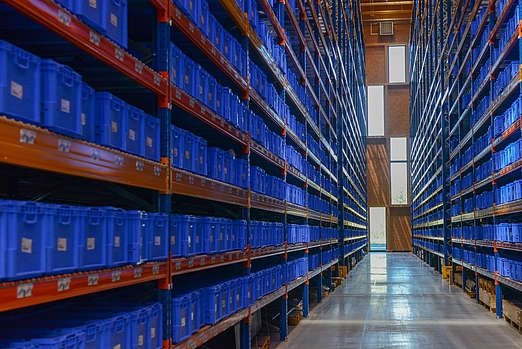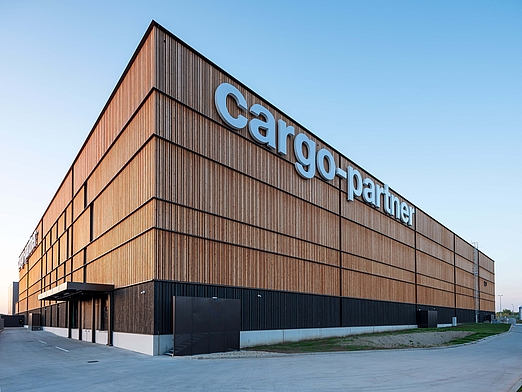Drones in Warehouse Logistics
Not everything that has wings is a drone. Or is it?
- Insights
They’ve long stopped being underestimated as an expensive toy for ambitious model builders. To the contrary, today the focus is on exploring their economic benefits. Amazon is already working on using them as parcel delivery devices. But what about the use of drones in one’s own four walls, such as in warehouse logistics?
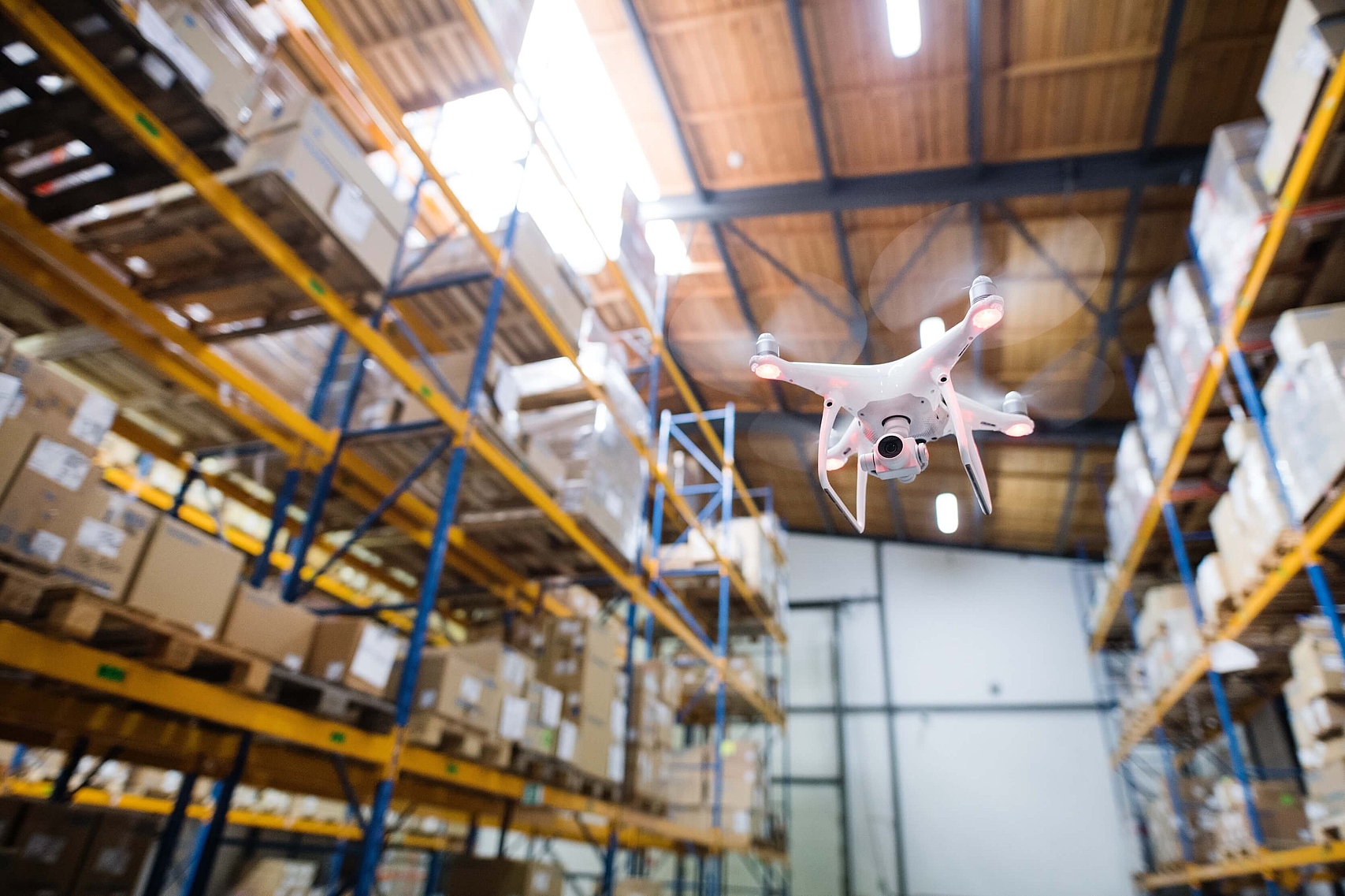
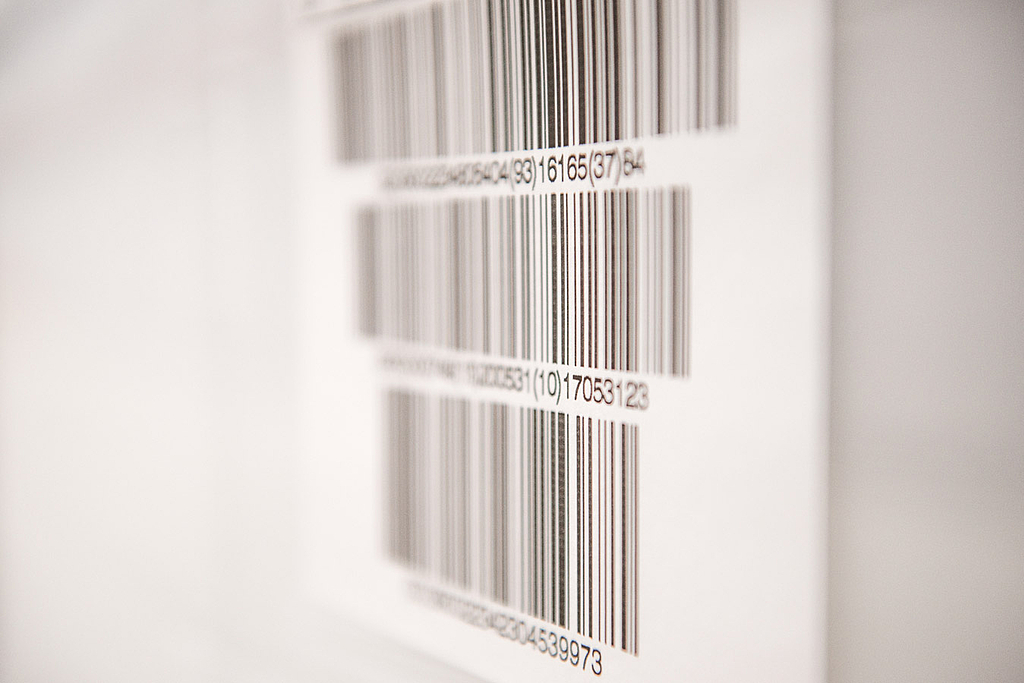
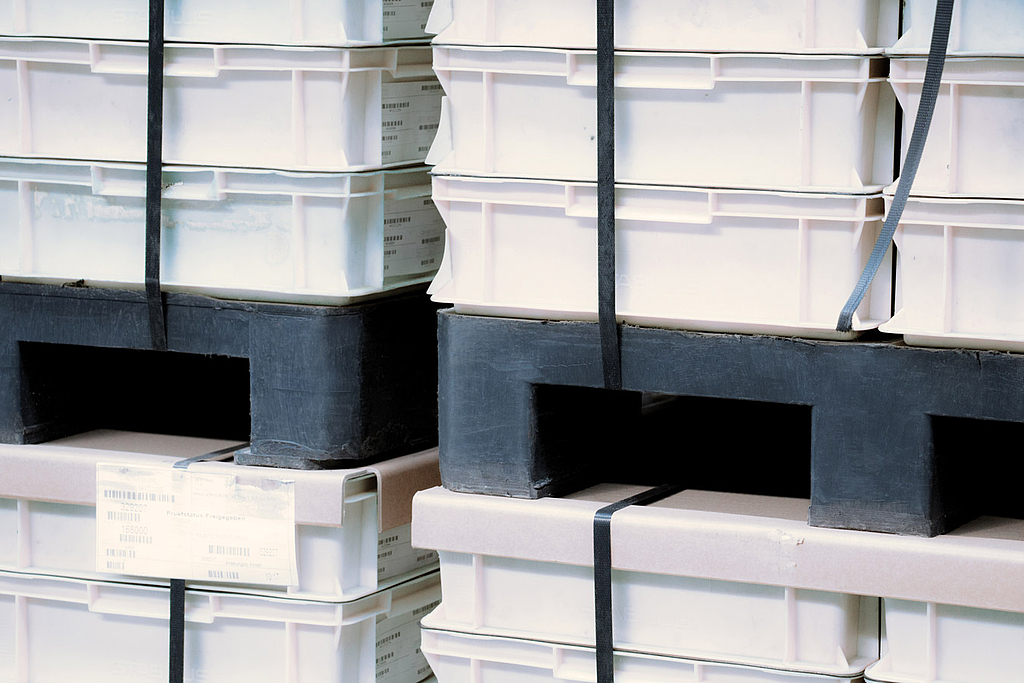
We offer specialized logistics solutions and warehousing facilities for the requirements of a range of industries.
Uniform standards in all of our logistics centers around the world ensure high quality and reliability. Benefit from our comprehensive network of warehouses in Europe, Asia and the USA.
Find out more
By outsourcing your logistics, you benefit from a competent partner who can optimize your processes and save you time and money.
We will be glad to consult you in detail about individual processes or create a comprehensive logistics concept for all your storage, inventory management and order handling.
Find out more
